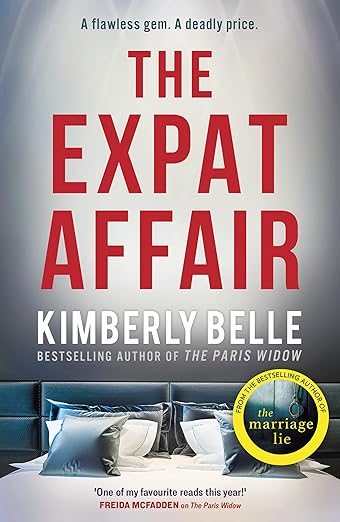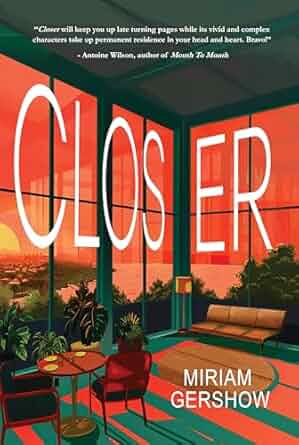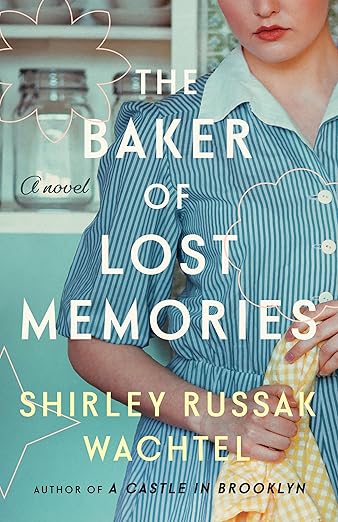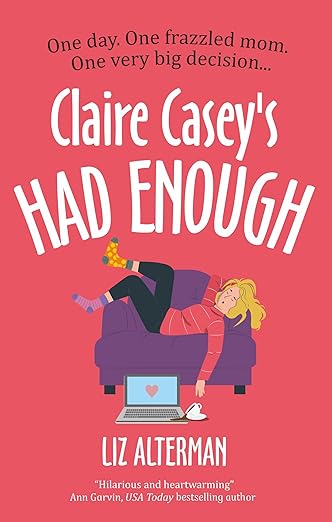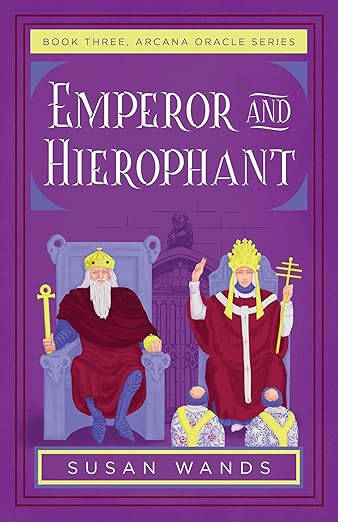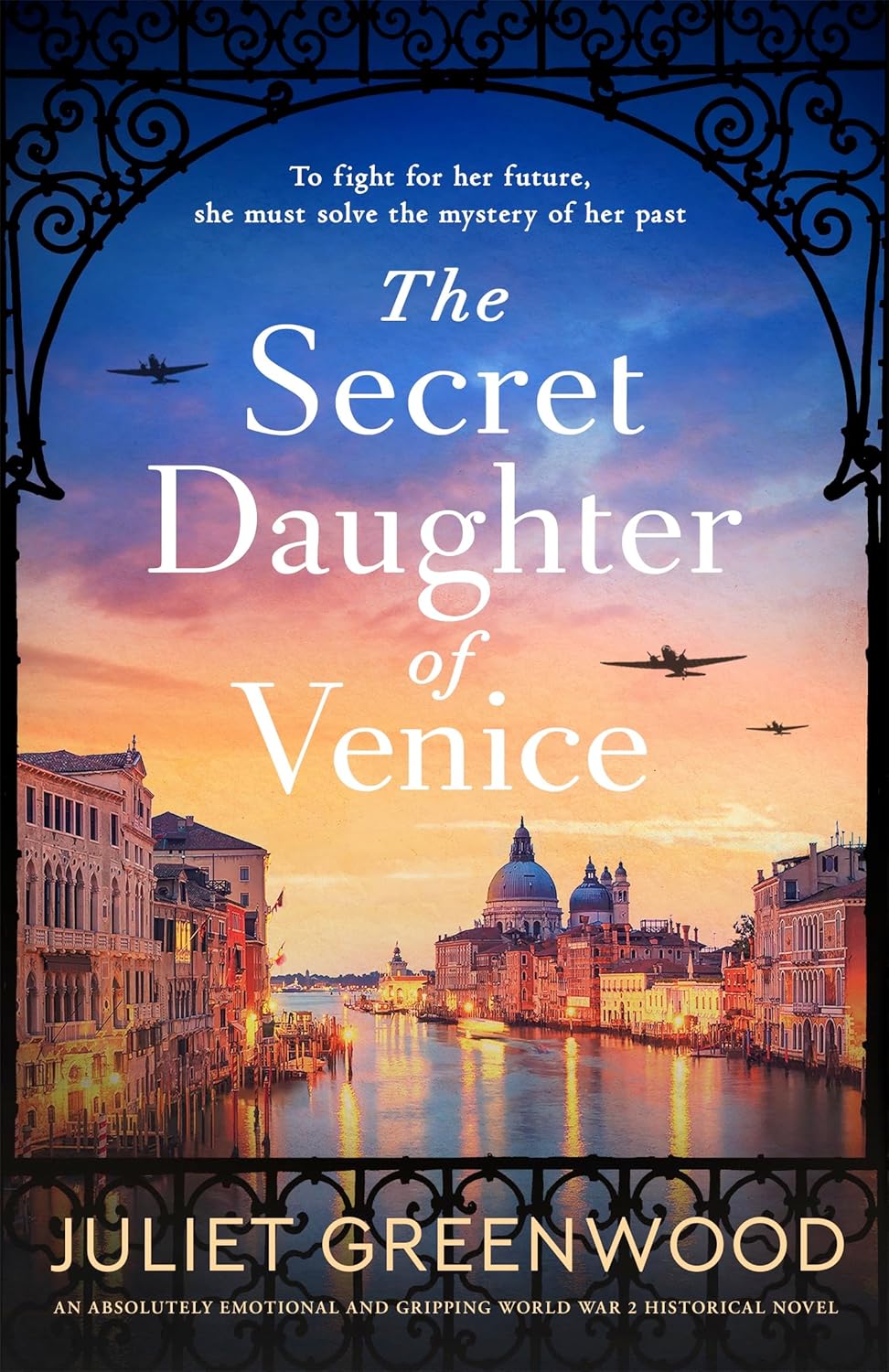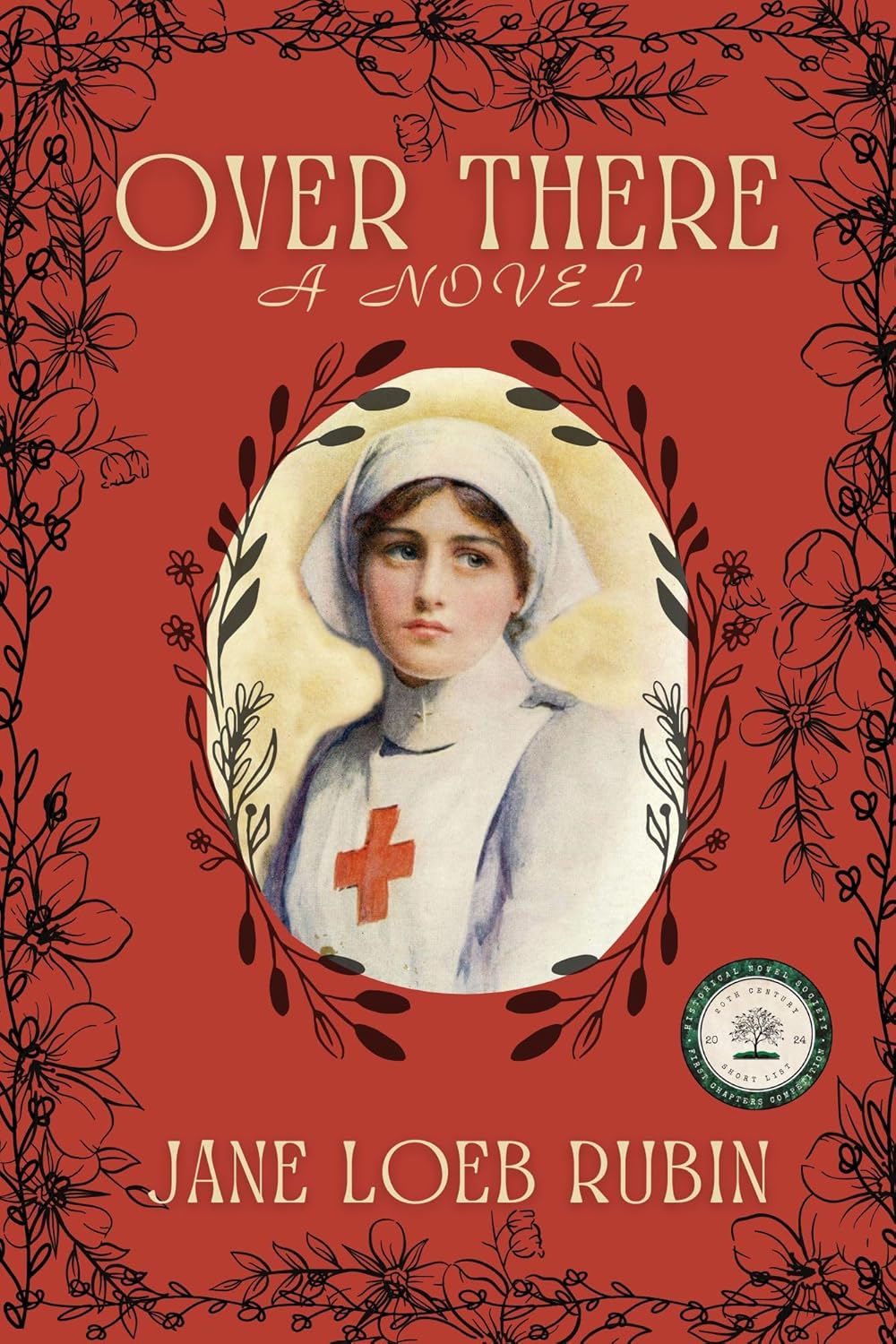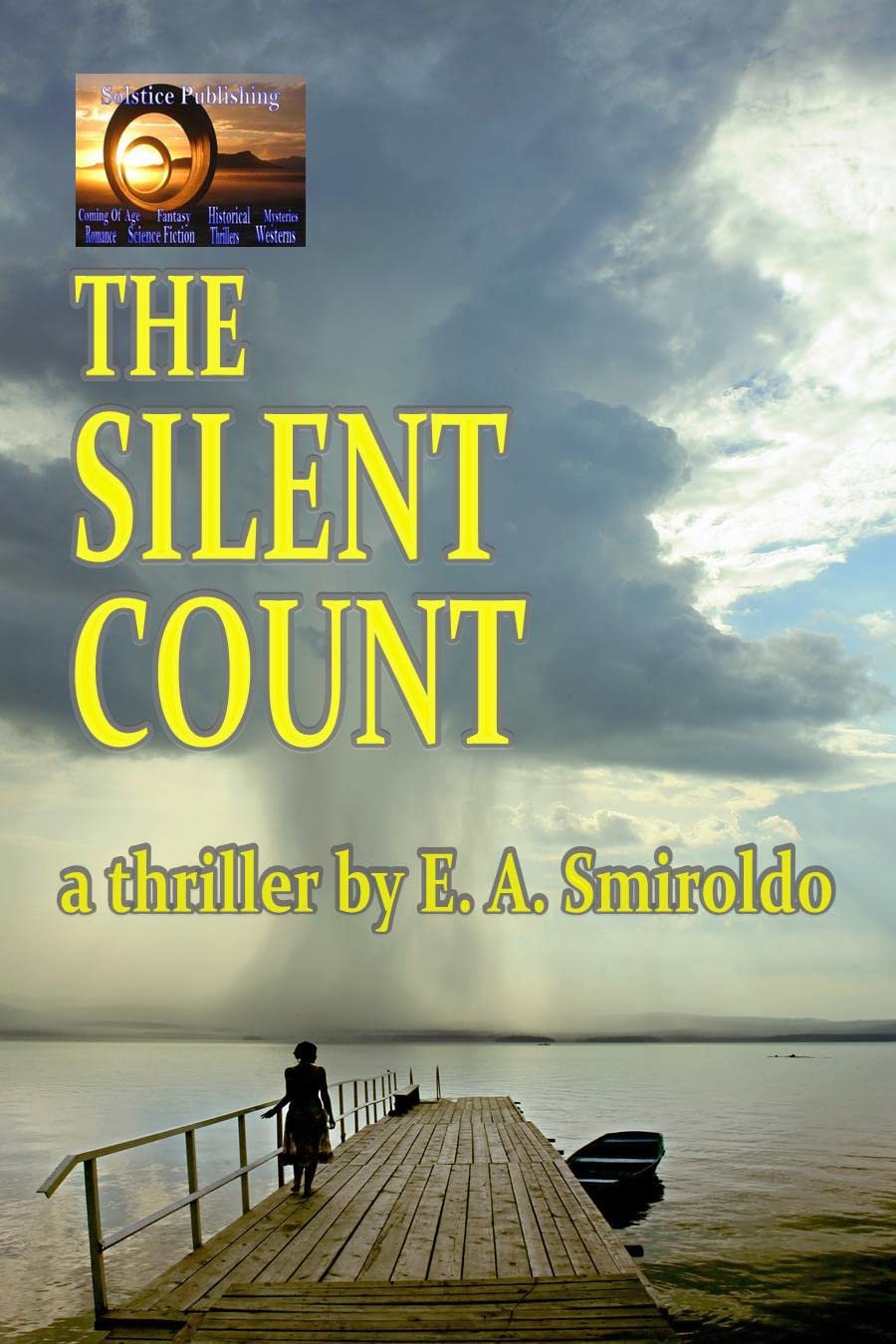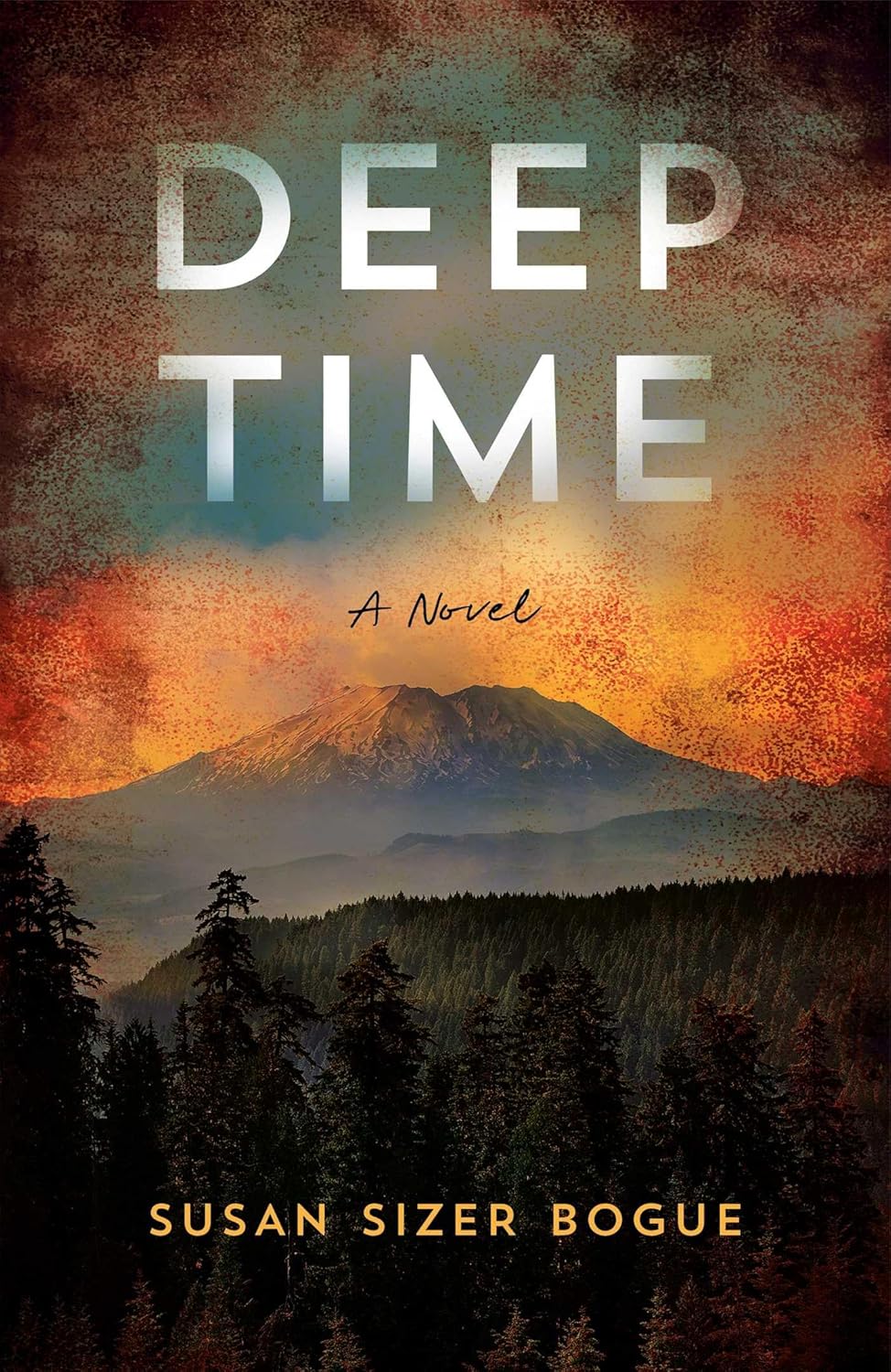Writing My Novel Sea Defences
Hilary Taylor’s short fiction has been published in magazines and anthologies and she was the winner of the Bridport Prize for Flash Fiction in 2022. Sea Defences, her first novel, is out now by Lightning Books.
Writing Sea Defences
 I’ve been writing fiction seriously for twenty-five years, since the days when submitting meant printing out your work, packing it in a padded envelope with a sae (does anyone still know what that is?) and trundling off to the post office with it. I still have actual paper rejection slips. I had some interest and some encouraging feedback, but the rejections (or passes if you prefer a less emotive word) continued. I wrote children’s fiction, YA, picture books and short stories, which is where I eventually met with some success and won prizes. My debut novel Sea Defences will be out in January 2023 with Lightning Books, and this is how I wrote it.
I’ve been writing fiction seriously for twenty-five years, since the days when submitting meant printing out your work, packing it in a padded envelope with a sae (does anyone still know what that is?) and trundling off to the post office with it. I still have actual paper rejection slips. I had some interest and some encouraging feedback, but the rejections (or passes if you prefer a less emotive word) continued. I wrote children’s fiction, YA, picture books and short stories, which is where I eventually met with some success and won prizes. My debut novel Sea Defences will be out in January 2023 with Lightning Books, and this is how I wrote it.
At the end of 2016 I responded to a short story challenge on an online writing forum. The ‘rules’ for the story were detailed. It had to be about an event in the past that created a motivation in the present, and there must be an object linking the two. It must include one of a limited list of ‘waypoints’, for example an emerald or a storm or an old, battered hat. I had been involved in such challenges before and found that they brought out some good writing. I mulled over ideas and wrote the story between Christmas and New Year. Set on the Norfolk coast, it was about a missing child, a young fossil hunter, a crumbling cliff, and atonement, and I was pleased with it. Twenty months later it won third prize in the Bath Short Story Award. I had already been thinking about turning it into a novel, and in his comments the judge confirmed my sense that this was a possibility.
In the short story, the main character is the fossil hunter, and the main relationship is between him and his mother. The parents of the missing child appear in only a few lines, but I began to ask questions about them, particularly about the mother. Who was she? How did this event affect her? What did she do? What about her family? What if she had a religious faith? She became Rachel, a trainee priest, and I began to develop ideas about her story arc, and those of my other two main characters – Adam and his mother, Mary.
I made extensive notes at this stage, creating tables of information for each character, their motivation, their flaws, their past, how and why they would change. I read endless books on story structure and tied myself in knots trying to come up with a plot that hung together. Eventually I did it, abandoning quite a lot of the ‘how-to’ articles and trusting my instincts (and, later, accepting editorial input of course).
My way into the actual writing was to begin with the first meeting between the two mothers – Rachel and Mary – because I had the feeling that their friendship would be significant. This chapter now appears 100 pages into the novel. I had written about a third of the first draft when I worked on a developmental edit with ‘book doctor’ Andrew Wille, whose courses and workshops I had been attending for some time. His insights and questions helped me to discover that the emotional heart of the story lay with Rachel, and once I had realised this, everything made more sense, and over the next nine months I completed the novel.
My writing process is a slow one because I tend to edit and redraft as I go along. I’ve heard other writers suggest that bashing out the first draft is done with the creative right side of the brain and editing is a job for the more analytical left side, and that it’s best not to do both at once. But so far, it seems to work for me, and for that reason I don’t usually write many different drafts. One of my creative methods for writing this story was to centre each chapter around a noun, usually a concrete one, which I used for the chapter titles – such as Earth, Hard Hat, Mermaid. I think this helped me to ground the story in the physical world, even though the themes are very much described through abstract nouns – loss, faith, grief, atonement.
I live in East Anglia and spend a lot of time on the North Norfolk coast, walking the beaches and the cliffs in all weathers. This setting, particularly the fragility of the coastline, and the battering storms, provided the perfect arena for the story, and the perfect metaphor for the themes within it, and I loved the challenge of bringing it to life in the pages of my novel.
A few months after I wrote the original short story, my older brother was diagnosed with a brain tumour, and two years later, he died, aged 61. I was already questioning some of the certainties I once felt as a Christian, and his illness and death intensified that. It was at this point that I began planning the novel, and my questions and doubts became Rachel’s as she, too, suffered loss and uncertainty. I wanted to explore and acknowledge the twists and turns that can arise in a faith journey when we are faced with the unthinkable, and I hope the novel will interest people of faith and people with none, and help us to understand and accept ourselves and one another.
—
SEA DEFENCES
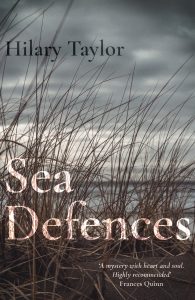 Two mothers at war with the elements. And each other…
Two mothers at war with the elements. And each other…
‘A stunning debut with a thrilling finale. Fans of Broadchurch will love it’
Sarah Linley
Rachel, a trainee vicar struggling to bond with her flock in the coastal town of Holthorpe, learns the terrifying power of the North Sea when her six-year-old daughter goes missing on the beach.
Meanwhile Mary, a defiant and distrustful loner, is fighting her own battle against nature as the crumbling Norfolk shoreline brings her clifftop home ever closer to destruction.
Both scarred by life, the two women are drawn into an unlikely friendship, but Mary’s misfit son Adam is nursing a secret. For Rachel, it will subject her battered faith to its greatest test: will she be strong enough to forgive?
In her taut, lyrical debut novel, Hilary Taylor weaves the bleak power of the East Anglian winter into a searingly honest psychological drama, as gripping as any thriller.
BUY HERE
Category: Contemporary Women Writers, How To and Tips




